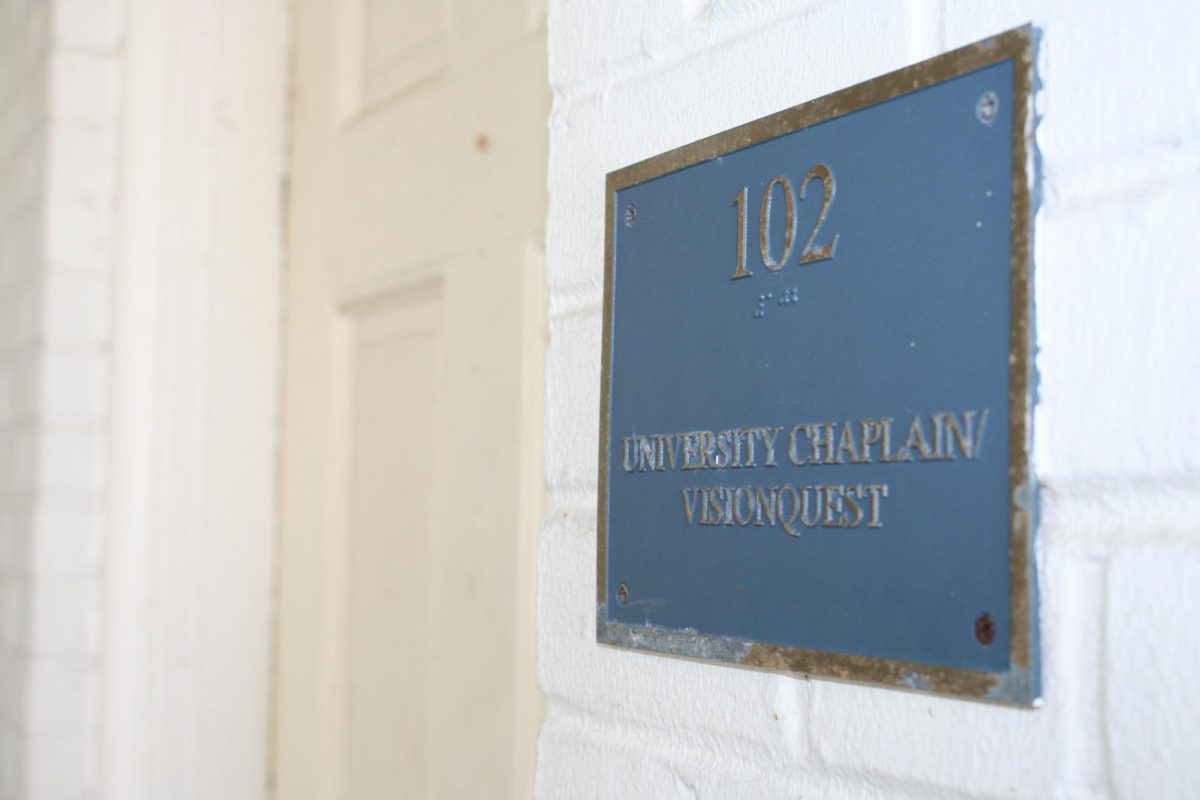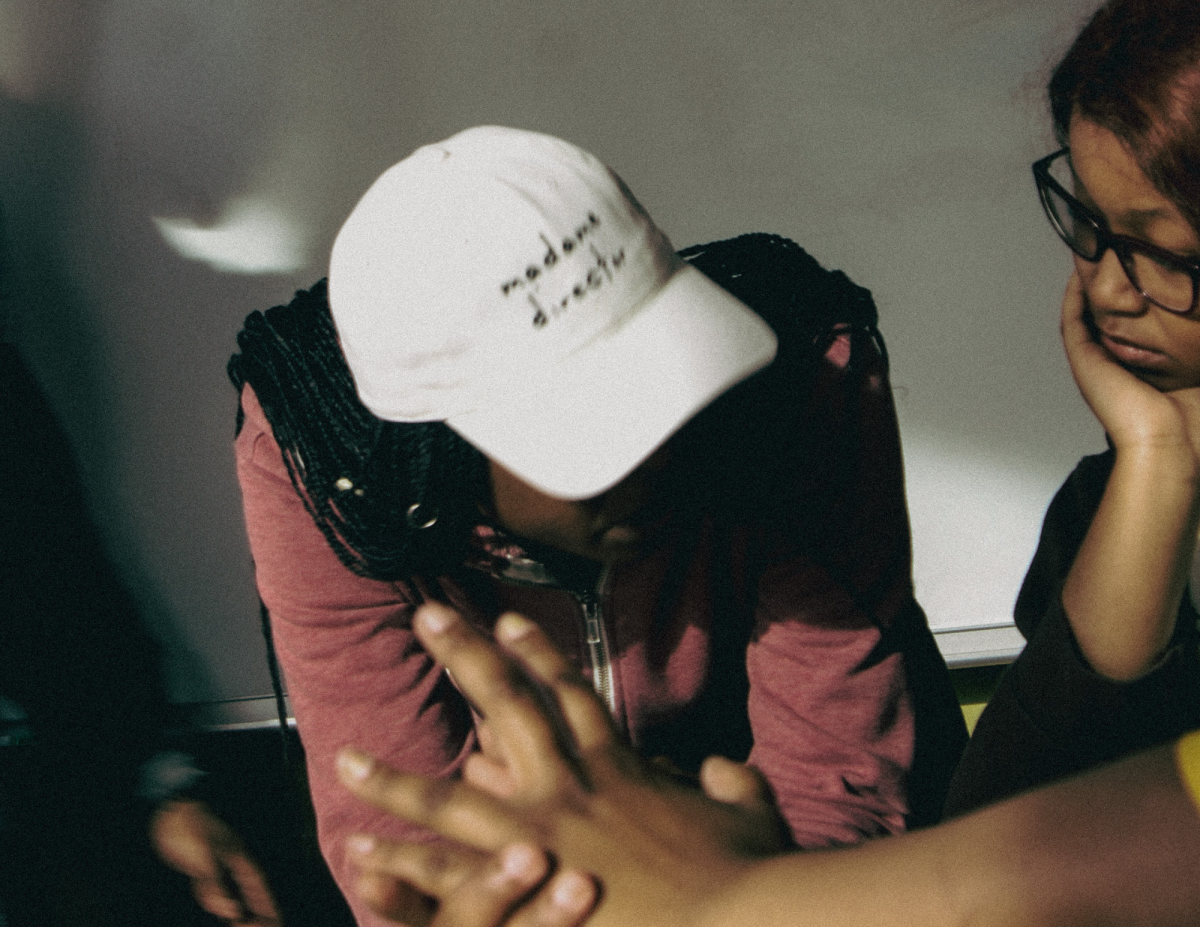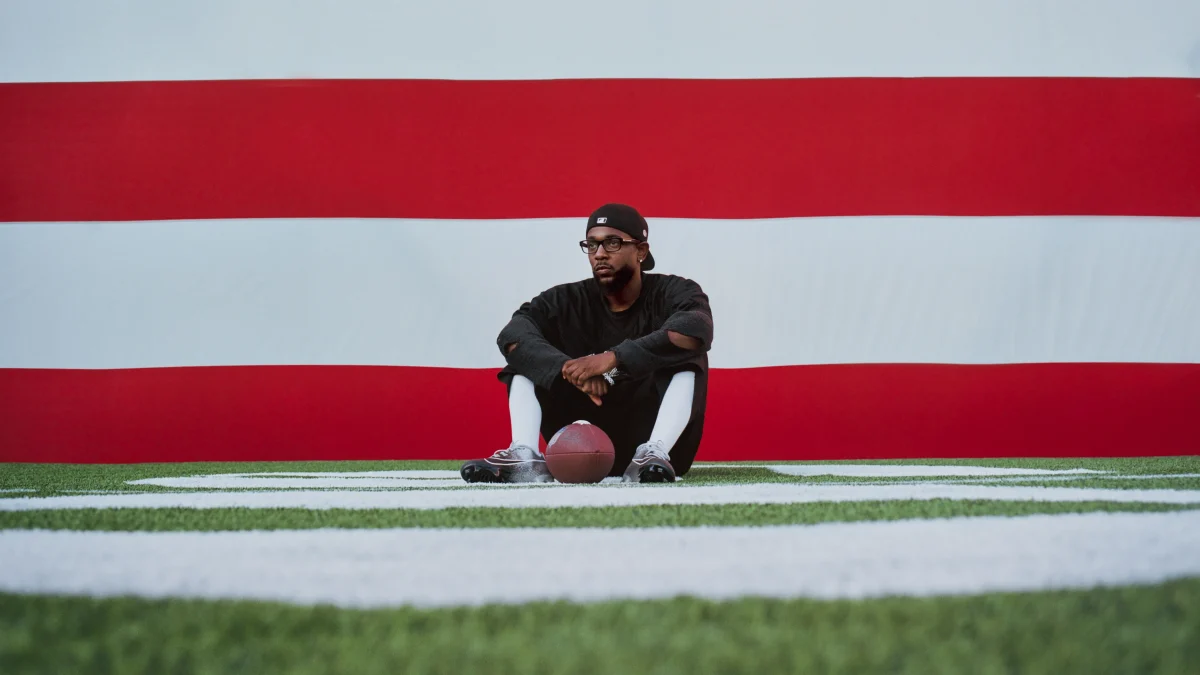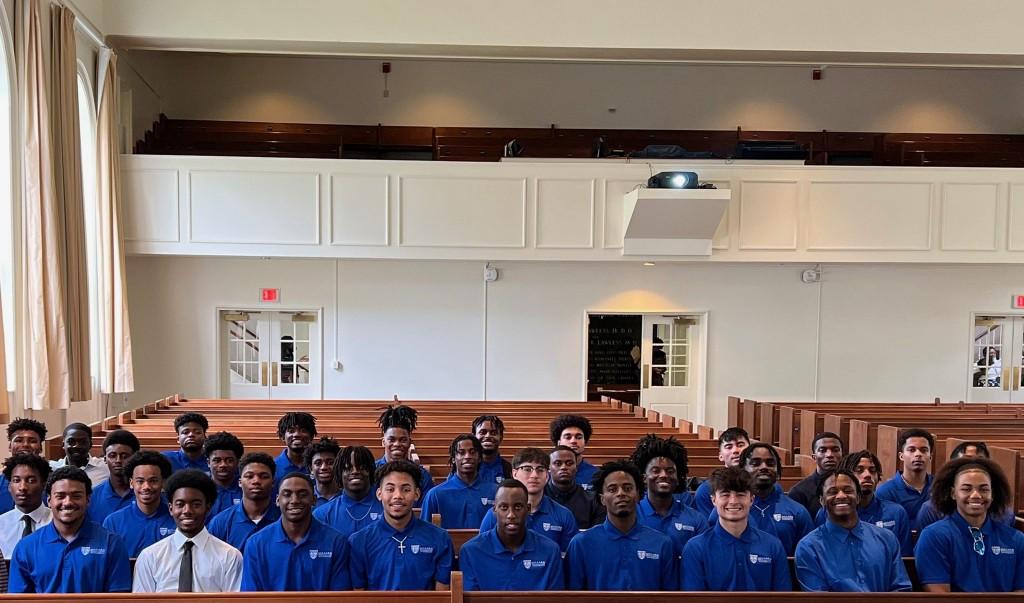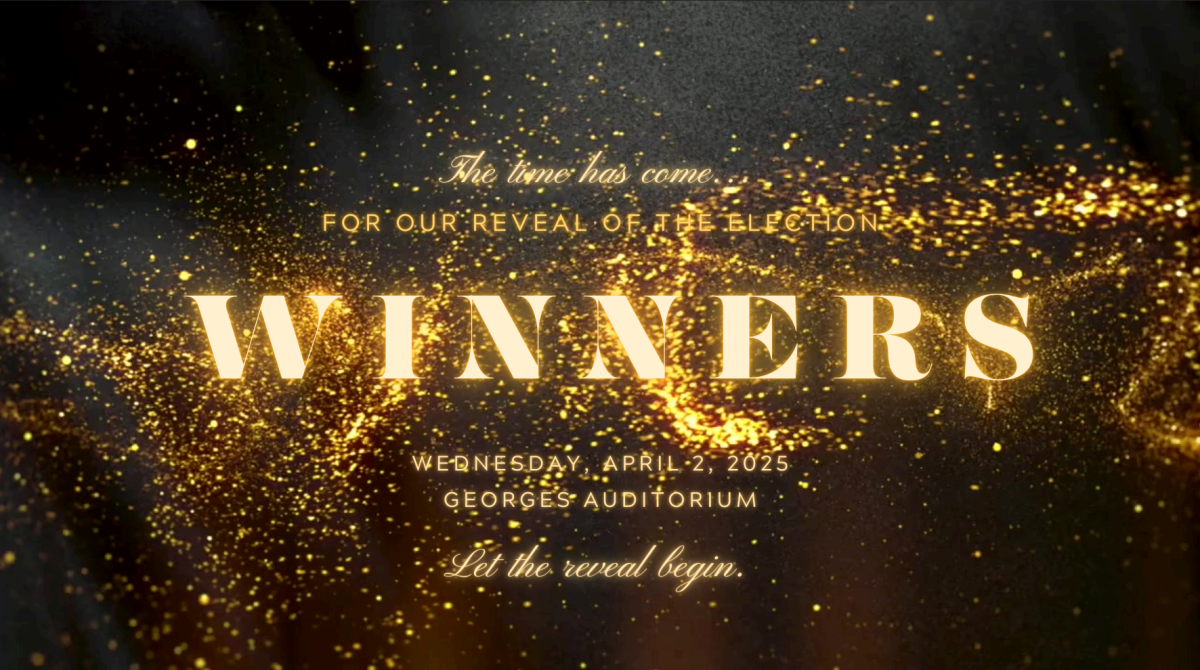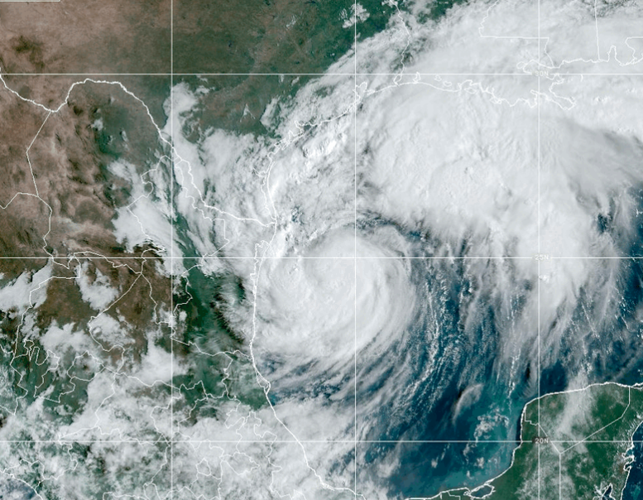As a Junior student majoring in film, Kweli Stevens has cultivated a passion for visual storytelling, creating art that reflects both his personal journey and his creative impulses. Stevens is a 20-year-old graphic designer, from Philadelphia who currently resides in Carson, California.
His artistic endeavors span various mediums, from filmmaking to graphic design, where he channels his ideas and emotions into tangible forms that others can also appreciate. Stevens’ work is deeply personal, driven by the belief that what he makes for his own space might resonate with others as well.
“Graphic design, to me, is a translation of everything that goes on in my head. This can be when a client gives me a vision or just a feeling I have. It is a way to say what I’m feeling without having to speak,” said Stevens.
He sees it as an expressive medium, similar to painting but done on a digital canvas. Stevens describes it as a way to communicate without words, a process that’s fueled by inspiration, whether it comes from a client’s vision or his own impulses. Design allows him to experiment and play, almost like an “undercover fidget toy” for his active mind.
Growing up in Philadelphia, an art-centric city, had a significant influence on Stevens’ artistic development. The city, with its rich artistic and musical heritage, fostered his creative spirit.
“That was my city though, like I really would say I’m a product of where I come from. Philadelphia is responsible for some of the best artistic contributions the world has ever seen,” he said.
Stevens’ father, David P. Stevens, a renowned musician and producer, played a critical role in shaping his early interests. Surrounded by music and art from a young age, Stevens’ found himself retreating into creativity as a form of comfort and self-expression, especially during difficult social experiences in his childhood.
“My family was always very artistically and critically inclined, and that meant family gatherings were like that one Raphael Painting “The School Of Athens”, where it’s a room of the great philosophers and mathematicians all in one big temple. Therefore, I can say that being surrounded by an intense amount of creative stimuli, whether that be in the house or outside of it consumed me and literally made me into what I am now,” said Stevens.
Originally, Stevens aspired to follow in his father’s footsteps as a musician. He tried his hand at singing before his voice changed and then turned to the saxophone. However, his discovery of filmmaking in middle school shifted his focus, igniting a passion for storytelling through the camera. While his love for music remained, filmmaking became his primary creative outlet. Over time, graphic design also became a key interest, blending elements from his love for music, art, and visual communication.
“I can’t see myself canceling out one of my loves for the other. They are symbiotic, film and design,” he said.
The process of creating art, for Stevens, is like embarking on a new story each time. He describes the creative journey as a mixture of excitement, frustration, and discovery. From brainstorming ideas to executing them, Stevens immerses himself fully in each project, allowing the story to unfold organically. There are moments of intense focus and creativity when everything clicks, but also challenges, especially when technical difficulties arise. Despite these obstacles, Stevens views art as a sport, a discipline that requires constant practice and vulnerability. He has learned to embrace the process of being “bad” at something in order to improve, finding peace in the journey rather than the destination.
“Every project to me feels like the beginning of a completely new story. The moment I kind of decide in my head what the next piece will be, I really do watch the story unfold on its own. So like in a movie, where there are points when you feel happy or peaceful, stressed, or even angry, that is exactly what it feels like to execute a project,” said Stevens.
Stevens’ artistic influences are vast, ranging from his father to cultural icons like Michael Jackson, Martin Scorsese, and George Harrison. His father remains his greatest inspiration, not only for his musical talent but also for his discipline and creativity. Watching his father work with intention and precision in his music has left a lasting impact on Stevens’ approach to art. Michael Jackson’s ability to curate entire albums with purpose, Scorsese’s dynamic storytelling in film, and Harrison’s introspective use of music all inspire Stevens to be thoughtful and intentional in his creative endeavors.
Stevens’ brainstorming process is both spontaneous and methodical. Often, an idea will stay in his mind for days before he begins researching and sketching out concepts. His research is extensive, diving deep into niche sources for inspiration. Once he has a vision, Stevens begins experimenting, trying different approaches until something resonates. He likens the process to a puzzle, where each piece slowly falls into place through trial and error.
Currently, Stevens is actively involved in several art-related projects on campus. He recently completed a contract with the National Pan-Hellenic Council (NPHC), designing flyers for their event week inspired by classic TV shows and vintage TV guides. He has also created event flyers for Greek organizations and designed a shirt for SOAR Week. Additionally, Stevens manages the social media page for “It Takes Two,” an organization focused on teaching Black men about reproductive health, a cause that holds personal significance for him due to his mother’s accomplishments in public health.
Looking ahead, Stevens envisions a future where he continues to create things that he would want in his own space, while also working in marketing or design. He hopes to land a position at a creative agency in Los Angeles and is excited to see where his art and his faith will take him. As he moves forward, Stevens remains dedicated to his craft, always striving to push the boundaries of his creativity.



